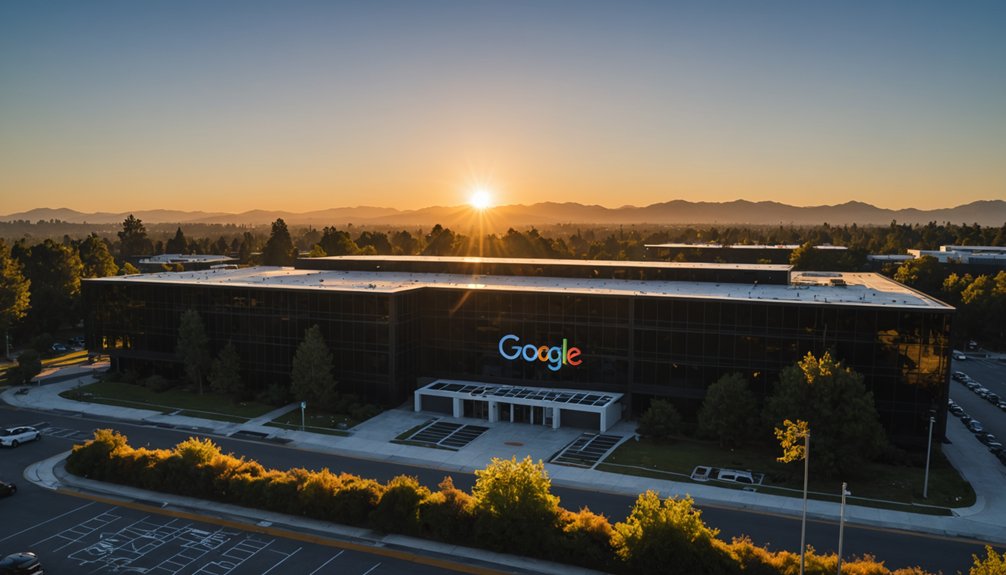Google+ launched in 2011 with massive hype, gaining 10 million users within weeks. Despite 500 million registered users at its peak, only 6 million actively engaged. Forced YouTube integration backfired spectacularly. Users hated the "real name" policy and found features confusing. Security breaches and leadership departures sealed its fate. By 2019, Google pulled the plug. The tech giant learned the hard way: you can't force people to be social.

A tech giant's misstep. When Google+ launched on June 28, 2011, expectations were sky-high. The platform racked up 10 million users in its first two weeks. Not bad. Google had big plans to take on Facebook and Twitter with fancy features like Circles, Hangouts, and Sparks.
Google wasn't messing around. They integrated Google+ with their existing services—Gmail, YouTube, the works. Smart move, right? Wrong. The forced integration backfired spectacularly, especially with YouTube. Users hated being forced to create Google+ accounts just to comment on videos. Like, seriously hated it. The platform suffered from underperforming features that failed to impress users despite numerous updates.
Google's heavy-handed integration strategy turned users away faster than you could say "forced engagement."
The numbers tell a sad story. Sure, Google+ boasted 500 million registered users at its peak. Impressive on paper. But dig deeper and you'd find only about 6 million people actually using the platform. Most visits lasted less than five seconds. Ouch. The platform's efficiency degraded as user numbers grew, showing poor time complexity in its algorithms.
Part of the problem was timing. Facebook already dominated social networking when Google+ arrived. Too little, too late. Similar to how AI trainers analyze model performance to ensure system efficiency, Google's team struggled to optimize the platform's performance for users.
Then there was the complexity issue. Circles sounded cool in theory—organizing contacts into different groups for selective sharing. In practice? Confusing for many users.
The controversies didn't help either. The "real name" policy sparked outrage. Then came the security breaches exposing user data. Trust, once lost, is hard to regain.
Vic Gundotra's departure in 2014 signaled the beginning of the end. He'd been Google+'s champion, its driving force. Without him, the platform lost direction.
Google eventually split Google+ into separate services—Photos and Streams—before throwing in the towel completely. TechCrunch even described the platform as "the walking dead" after Gundotra left. Hangouts survived as a standalone product, proving not everything about Google+ was a failure.
The platform's demise teaches a valuable lesson: even tech giants can't force people to use a social network they don't want. No amount of integration or fancy features can overcome poor timing and user resistance.
Frequently Asked Questions
Why Did Users Prefer Facebook Over Google+?
Users stuck with Facebook over Google+ for obvious reasons. Network effects, plain and simple.
Facebook had 800 million users; Google+ had just 43 million. Why leave your friends? Google+ offered Circles and decent integration with Google services, but couldn't overcome Facebook's established ecosystem.
No compelling reason to switch. Plus, Facebook had better features, more social apps, and business pages from the start.
Google+ was basically shouting into an empty room.
What Happened to Google+ Data After Shutdown?
After shutdown, Google+ data didn't just vanish into thin air.
The company provided users with a 10-month window to export their content through Google Takeout. Photos, posts, +1s—all retrievable.
Those who missed the deadline? Tough luck. Their digital footprints were wiped clean. Some enterprise data survived within businesses, but personal accounts? Gone. Permanently deleted.
Google's focus shifted to beefing up security across other services. Classic tech company move.
Did Any Google+ Features Survive in Other Google Products?
Google+ features definitely live on.
Auto Awesome and Auto Enhance were absorbed into Google Photos, bringing those cool animation effects along.
Hangouts evolved into Google Meet and Chat.
Google+ Local merged with Places to become Google My Business.
Even the social network's organizing principles influenced Google Workspace.
Not a total loss, really. The company salvaged the good parts and quietly integrated them elsewhere.
Classic Google move.
How Much Did Google Invest in the Google+ Project?
Exact investment figures for Google+ aren't publicly disclosed.
Reports suggest Google poured billions into the project. Some industry analysts estimated the cost between $500 million and several billion dollars.
The company dedicated substantial engineering resources—hundreds of employees worked on it.
Google's massive investment didn't pay off. All that money, all those resources.
And for what? A platform people spent less time on than waiting for a microwave to beep.
Could Google+ Have Succeeded With a Different Launch Strategy?
Google+ might've had a fighting chance with different tactics.
Launching earlier could've helped. They needed something truly unique – not just circles and hangouts. Facebook already owned the social space. Period.
Integration with Gmail and YouTube could've been smoother from day one.
And forcing users to join? Bad move. The mandatory nature felt desperate, not organic.
Sometimes even tech giants can't buy their way into markets.
Timing is everything.




